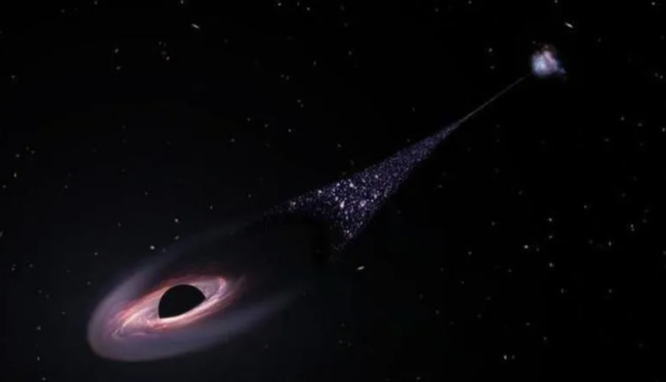Astronomers 6,000 light-years away have observed a rare region of space that appears to be a black hole of moderate magnitude. Along with his colleagues, Eduardo Vitral, an astrophysicist at the Space Telescope Science Institute in Maryland, discovered a tiny region containing the mass of 800 suns and causing disruption among adjacent stars.
The team’s observations point to the potential existence of a rare black hole with an intermediate mass that is located near the constellation Scorpius. It is too small for us to explain it as anything other than a singular black hole. Alternately, there may be a stellar mechanism we don’t know about, at least within the confines of current physics,” said Vitral, who is also the main author of a study centered on the recent discovery.
Until now, the majority of black holes discovered by astronomers fall into two categories: those as minuscule as 10 to 100 times the mass of the sun, and those that are millions or billions of times heavier than the sun. Finding a black hole of medium magnitude has been a rare occurrence, perplexing scientists.

How the discovery was made by astronomers
However, according to Space.com, Vitral’s team believes it has discovered the “gravitational pothole” by analyzing more than a decade’s worth of Hubble Space Telescope data on the Messier 4 (or M4) star cluster. As with all others, the black hole is not directly visible.
The team used data from the European Space Agency’s Gaia star-mapping spacecraft to observe the motion of stars at the center of M4, which resembled “bees swarming around a hive.”
“If the object is not a single black hole of intermediate mass, the observed stellar motions would require an estimated 40 smaller black holes jammed into a space less than one-tenth of a light-year across. In a game of interstellar pinball, they would either merge or be ejected,” Vitral’s team explained in a statement.

